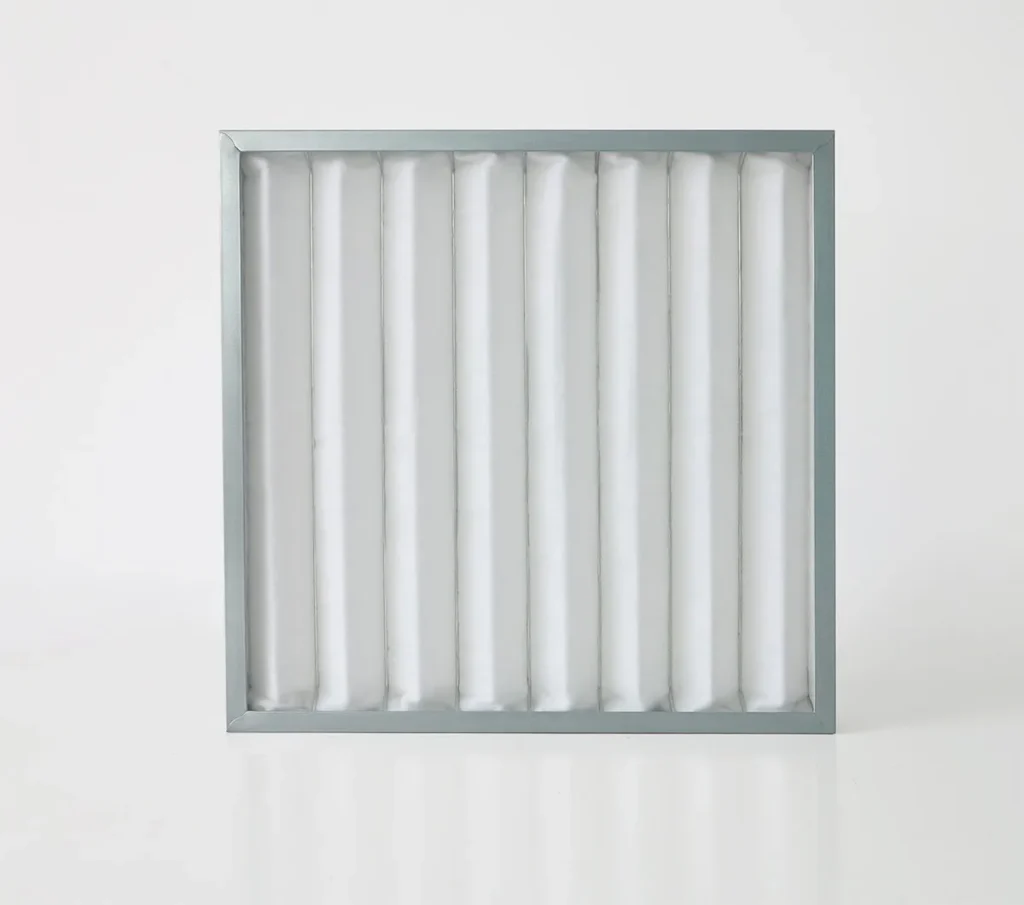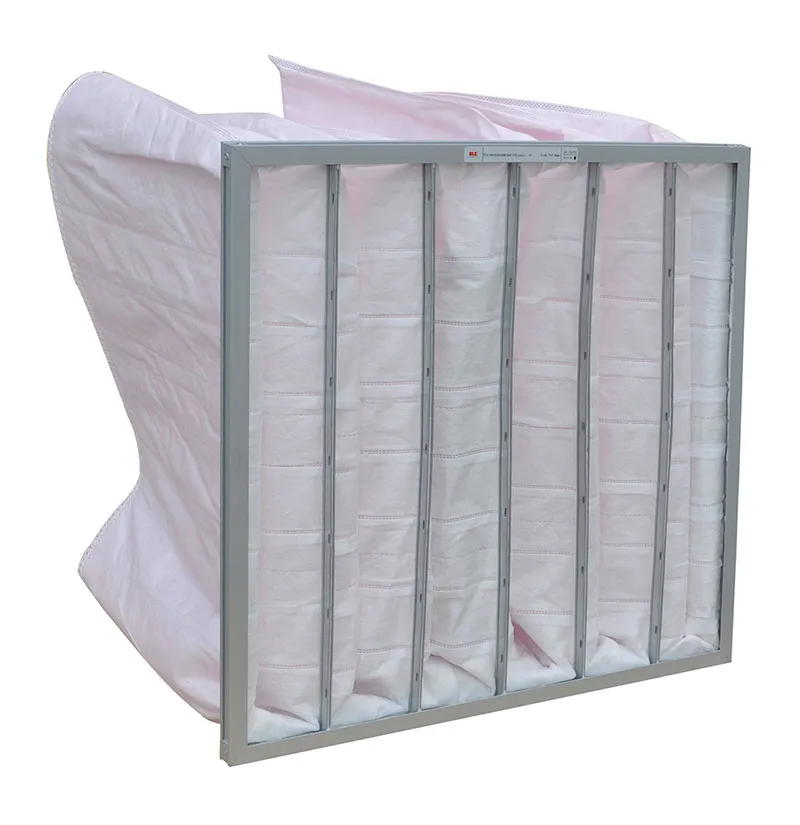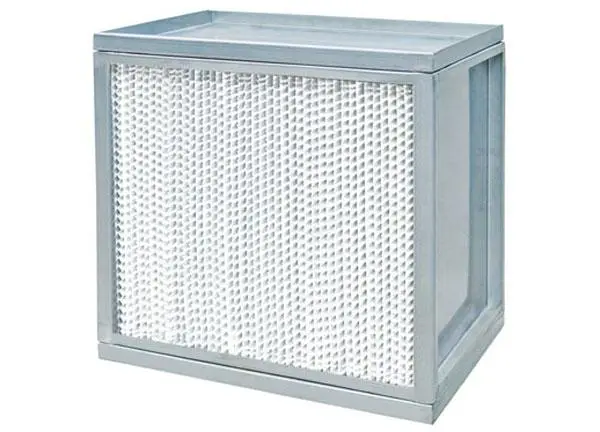In the realm of air filtration, understanding the intricacies of primary, medium, and high-efficiency filters is paramount for maintaining optimal indoor air quality. These filters play crucial roles in various applications, from residential air conditioning to industrial cleanrooms. Let’s delve into their characteristics, functions, and replacement cycles to ensure your air filtration system operates at peak performance.
Table of Contents:
- Primary Efficiency Filters: The Foundation of Filtration
- Medium Efficiency Filters: A Middle Ground
- High-Efficiency Filters: The Final Frontier
- Choosing the Right Filter: A Balancing Act
- Conclusion
1. Primary Efficiency Filters: The Foundation of Filtration
Primary efficiency filters are the first line of defense in air conditioning systems, targeting larger particles that are 5μm and above.
- Function: Serving as the initial line of defense, primary filters capture larger particles like dust, pollen, hair, insects, and other .
- Types: Available in plate, pleated, and bag styles.
- Replacement: Typically replaced every 3-4 months, depending on environmental conditions.

2. Medium Efficiency Filters: A Middle Ground
Medium efficiency filters serve as an intermediate filtration layer, capturing particles between 1μm and 5μm, including suspended matter. Due to its expansive windward surface, this medium efficiency filter boasts a large empty dust volume and low wind speed, making it a superior structural design.
- Function: These filters capture particles between 1 and 5 microns, reducing the load on high-efficiency filters, extend the lifespan of more expensive filtration components.
- Types: Bag and non-bag varieties,
- Bag filters: F5 to F9 ratings based on efficiency
- Non-bag filters: plate-type (FB), separator-type (FS), and combination-type (FV)
- Applications: Primarily used in central air conditioning systems and industrial clean environments such as pharmaceuticals, hospitals, electronics, and food production
- Replacement: Approximately every 6-12 months, depending on air quality.
- Key Characteristics:
- Able to trap 1-5μm particles.
- Made with stable, heat-melt technology to reduce leakage risks.
- High dust-holding capacity and large airflow.
- Reusable after cleaning.
- Available in frameless and framed bag styles, using non-woven fabric or fiberglass as the filtering material.
- Efficiency: 60%~95%@1~5um (colorimetric method).
- Maximum operating temperature and humidity: 80℃, 80%
- Remarks: F5, F6, F7, F8, F9 are filtration efficiencies (colorimetric method). F5: 40~50%; F6: 60~70%; F7: 75~85%; F8: 85~95%; F9: 99%.

3. High-Efficiency Filters: The Final Frontier
High-efficiency filters are designed to capture particles smaller than 0.5μm and are used as the final filtration stage in a system. These filters are made from ultra-fine glass fiber paper and sealed with materials such as galvanized steel, stainless steel, or aluminum alloy.
- Function: Designed to capture submicron particles, remove any remaining harmful particles after passing through primary filters, electrostatic plasma modules, and ion modules. These filters are the ultimate defense against airborne contaminants.
- Applications: Ideal for critical environments like hospitals, laboratories, and cleanrooms.
- Replacement: Typically replaced every 1-2 years, but frequency may vary based on air quality and environmental conditions.

4. Choosing the Right Filter: A Balancing Act
Selecting the appropriate filter depends on your specific needs:
- Residential Use: Primary and medium filters are often sufficient for general air quality.
- Commercial or Industrial Settings: High-efficiency filters may be necessary to meet stringent standards.
Key Considerations:
- Air Quality: The level of airborne contaminants in your environment will influence filter replacement frequency.
- System Design: Your air filtration system’s configuration will determine the appropriate filter types and placement.
- Efficiency Ratings: Understand the efficiency ratings of different filter types to make informed decisions.
5.Conclusion:
By understanding the roles of primary, medium, and high-efficiency filters, you can ensure your air filtration system operates effectively. Regular filter replacements are crucial for maintaining optimal indoor air quality and protecting the health and well-being of occupants.
Keywords: air filtration, primary filters, medium filters, high-efficiency filters, air conditioning, indoor air quality, filter replacement, particle removal, HEPA filters, HVAC systems, cleanrooms, commercial air quality, residential air quality, air purifier filters, air quality




